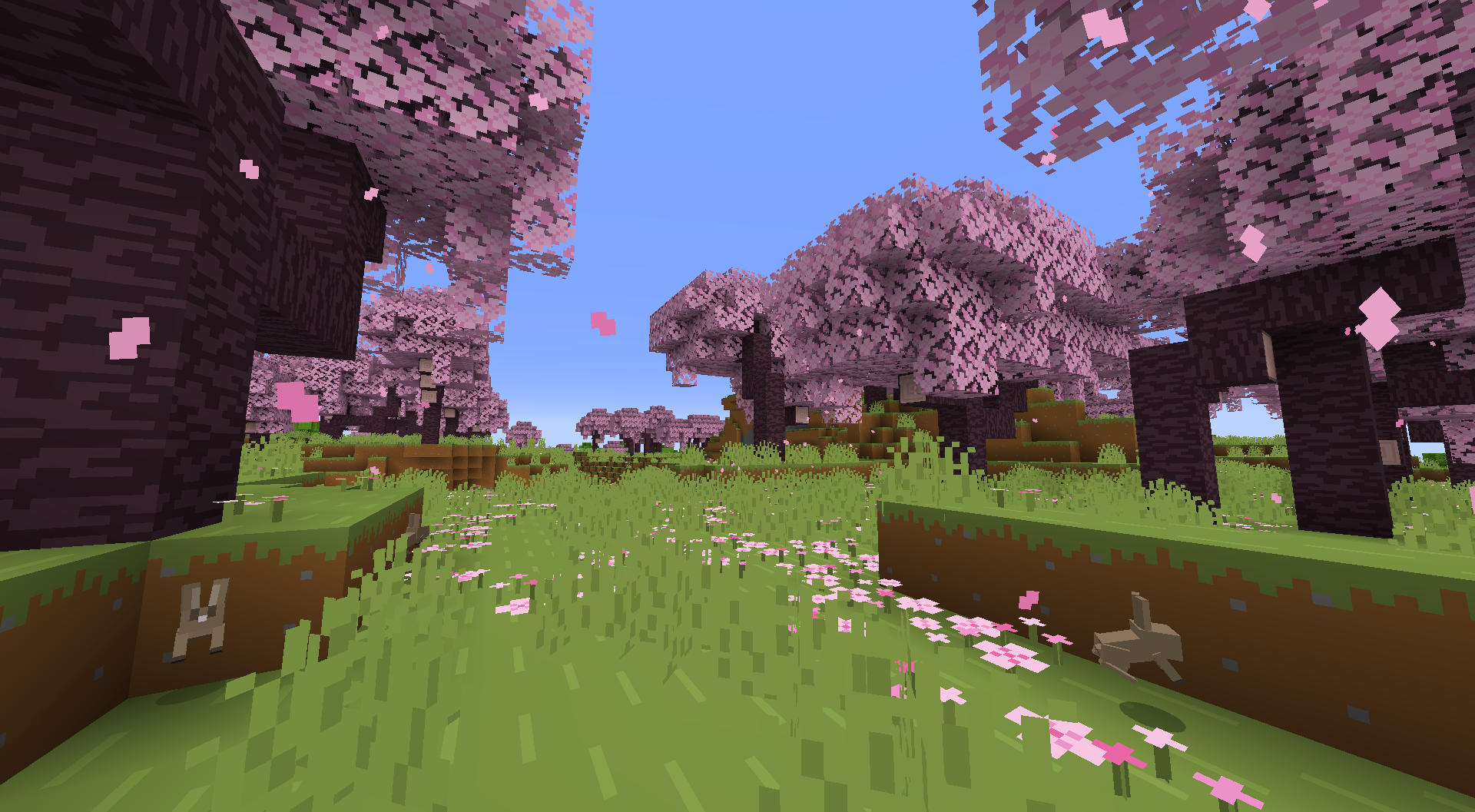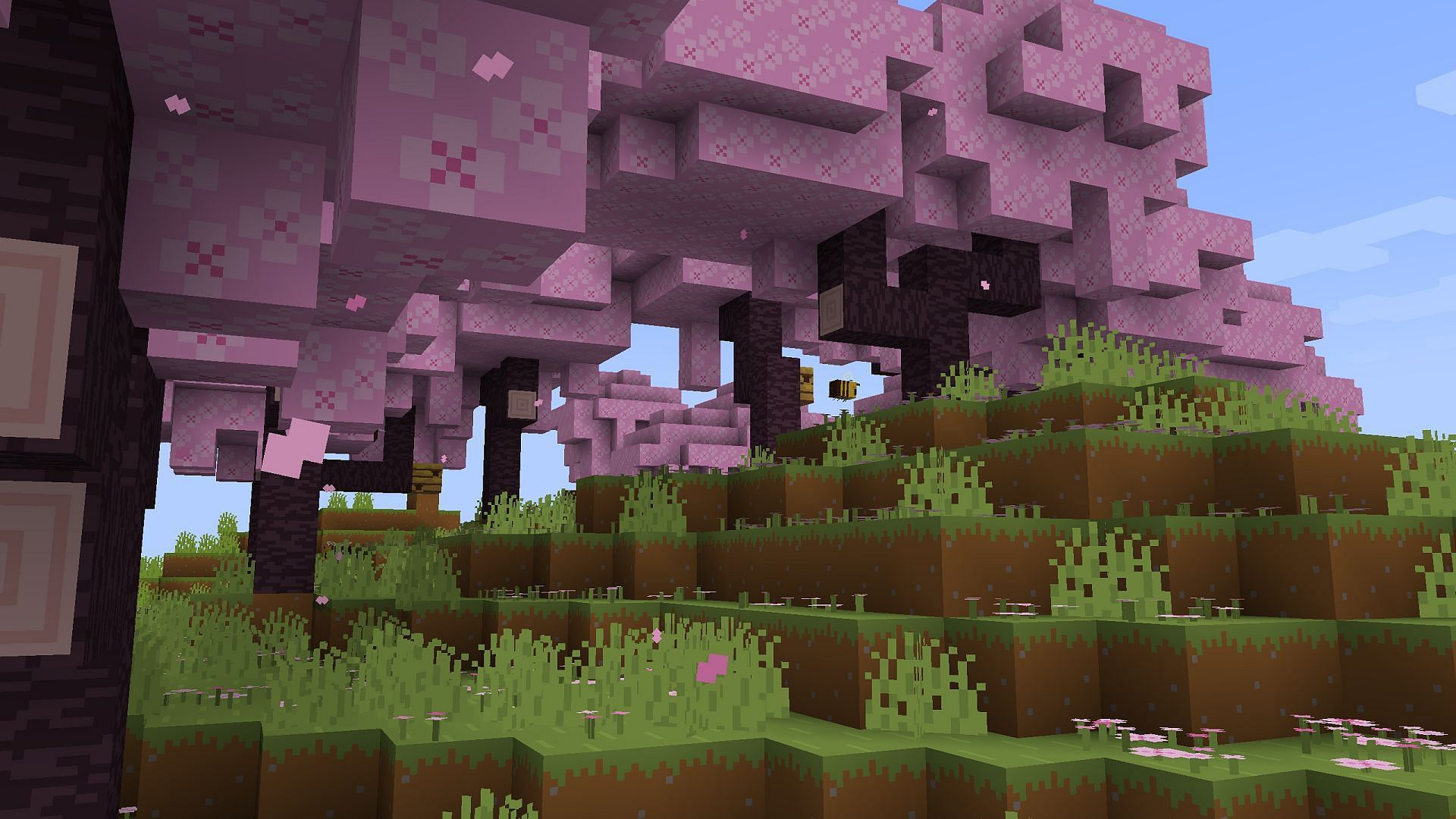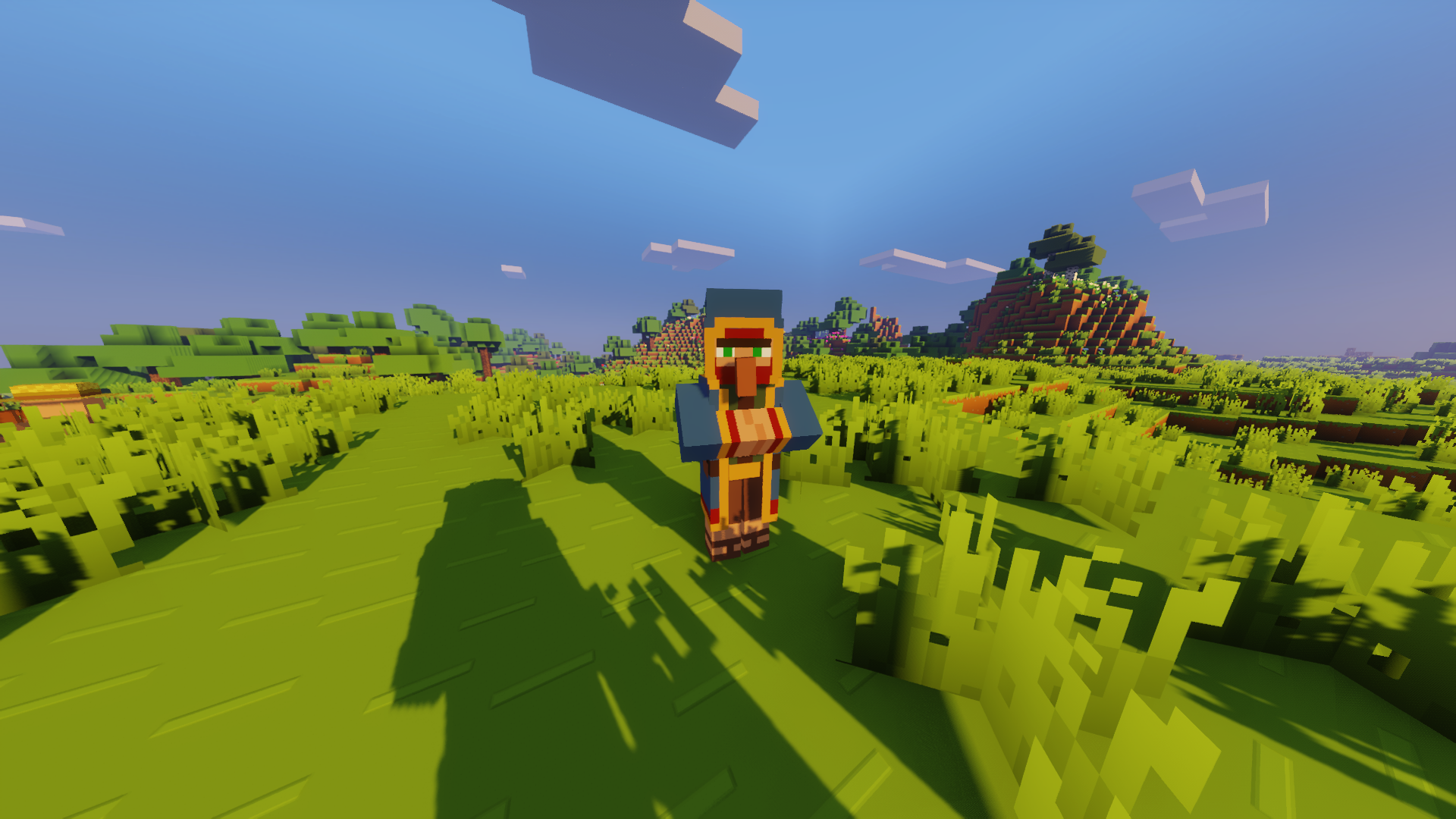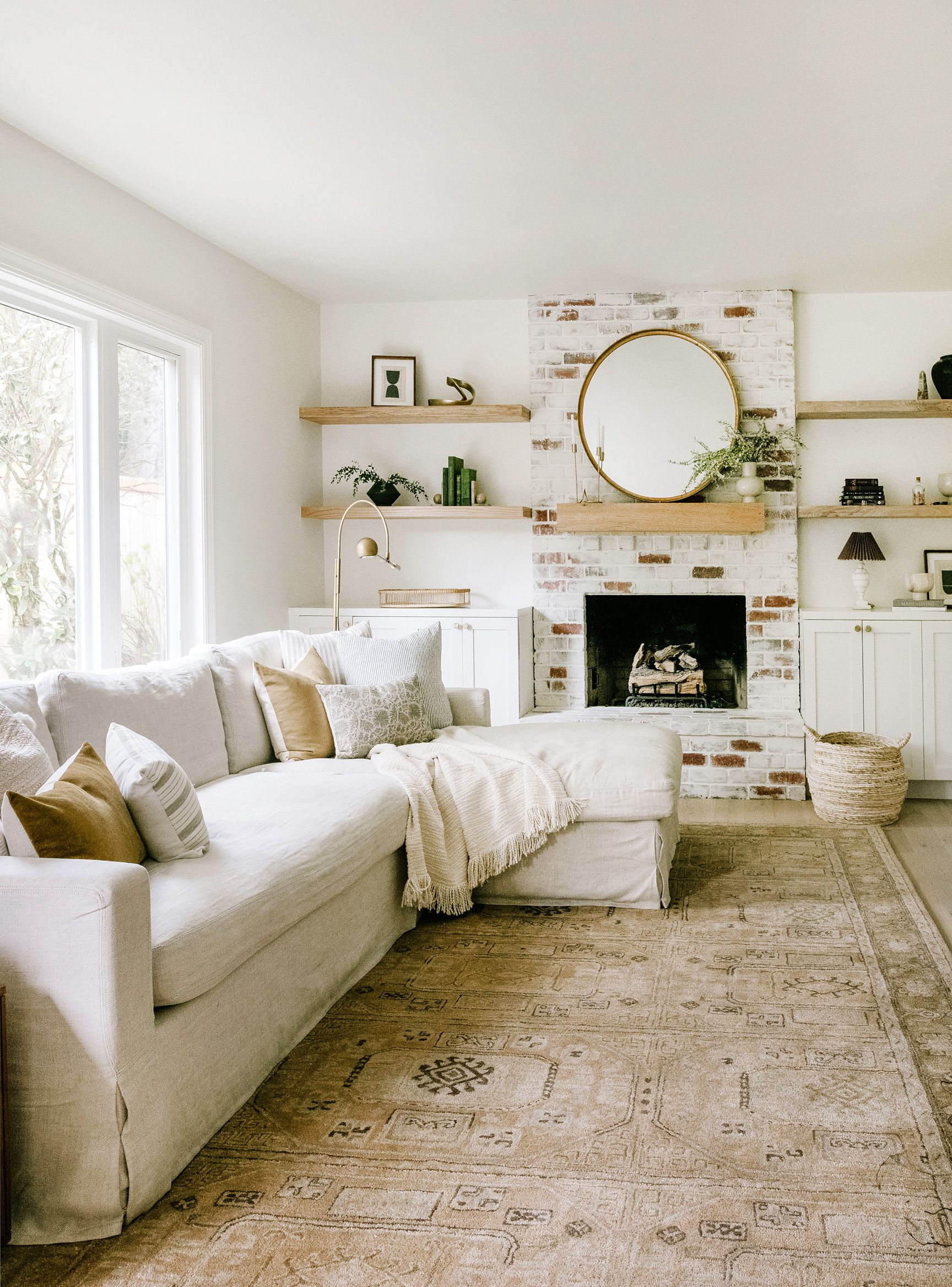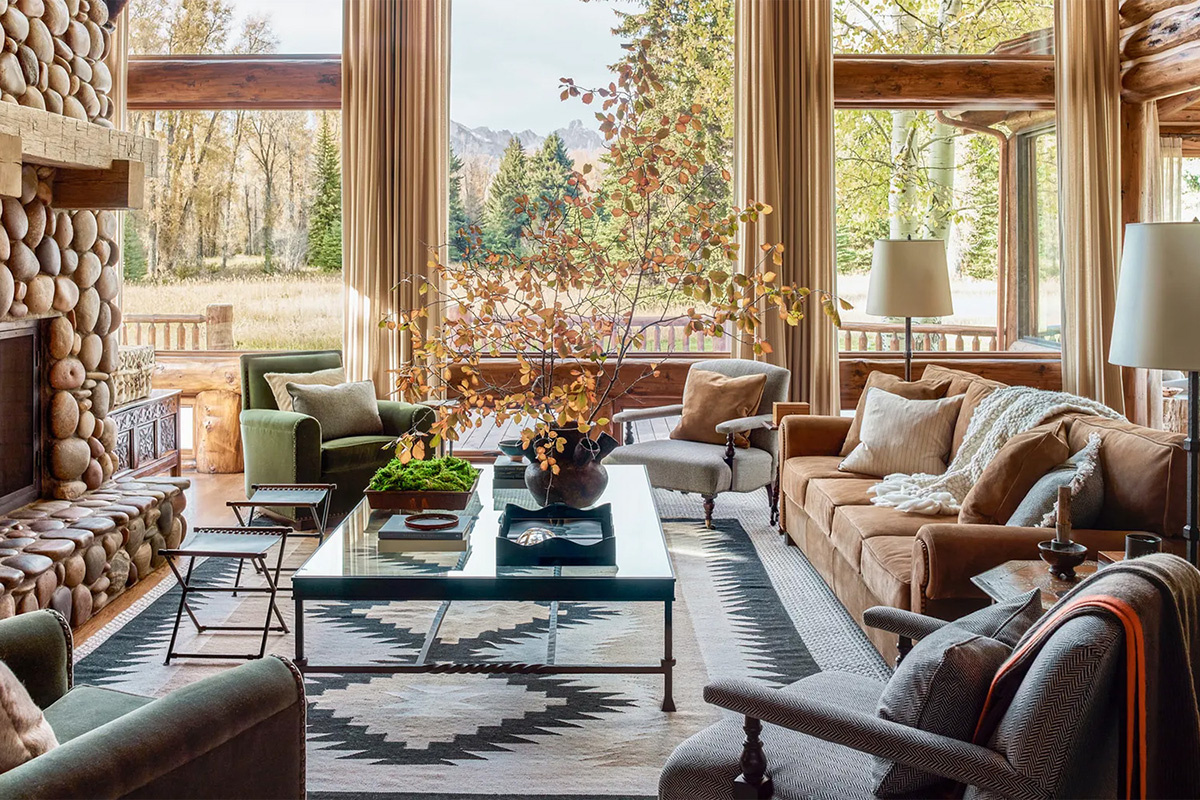Ever look at a patch of dirt and just… wish? Wish for color, for life, for a place to unwind and connect with nature. Many of us start with a vision, but the reality can feel a bit… sparse. But turning that vision into a spectacular reality is more achievable than you might think. It’s a journey, and every garden, no matter how humble its beginnings, has the potential to become a breathtaking sanctuary.
So, you’ve got a space. Maybe it’s a small balcony, a forgotten backyard corner, or a whole lot of lawn crying out for attention. The idea of a ‘dream garden’ can seem overwhelming, conjuring images of perfectly manicured landscapes and exotic blooms. But let’s get real for a moment. A dream garden isn’t about perfection; it’s about creating a space that brings you joy, peace, and a connection to the natural world. It’s about transforming the ordinary into something truly special, step by step. Ready to ditch the sparse and embrace the spectacular? Let’s dig in.
Step 1: Dream Big, Plan Smart
Before you even touch a trowel, let’s talk about dreaming. What do you want from your garden? Is it a place for quiet contemplation, a lively spot for entertaining, a haven for wildlife, or a productive patch for growing your own food? Jot down your ideas. Think about the feel you want – is it wild and natural, neat and formal, or something in between? Consider the practicalities too: how much sun does the area get? What’s your soil like? Answering these questions will be your compass as you move forward. Don’t be afraid to sketch out a simple plan. It doesn’t need to be a master architect’s drawing, just a basic layout showing where you might want paths, seating areas, or different plant zones. This initial planning phase is crucial for avoiding costly mistakes and ensuring your garden evolves cohesively.
Step 2: Soil – The Foundation of Life
Plants can’t thrive without good soil. It’s the unsung hero of any garden. If your soil is compacted, sandy, or heavy clay, don’t despair. Most soil issues can be improved with organic matter. Think compost, well-rotted manure, or leaf mold. Mixing these in generously will improve drainage, aeration, and fertility. You can get your soil tested to understand its pH and nutrient levels, which helps in choosing the right plants. Healthy soil equals healthy plants, and that’s the first big leap from sparse to spectacular. It’s an investment that pays dividends in vibrant growth and fewer problems down the line.
Step 3: Choosing Your Stars: Plants with Personality
Now for the fun part – the plants! When you’re starting from scratch, it’s easy to get carried away. Focus on plants that suit your climate and the specific conditions in your garden (sun, shade, wet, dry). Consider a mix of evergreen and deciduous plants for year-round interest. Think about texture, color, and height. A good planting scheme will include:
- Trees and shrubs: These form the backbone of your garden, providing structure and height.
- Perennials: These return year after year, offering reliable blooms and foliage.
- Annuals: For a splash of quick color and seasonal impact.
- Groundcovers: To suppress weeds and add a lush layer.
Don’t be afraid to experiment. Visit local nurseries and botanical gardens for inspiration. Read plant tags carefully – they’re full of useful information about a plant’s needs. A well-chosen plant in the right spot is a happy plant, and happy plants make for a spectacular garden.
Step 4: Adding Structure and Flow
A garden isn’t just about plants. Hardscaping elements like paths, patios, fences, or even a simple bench can dramatically elevate your space. These structures define areas, guide movement, and add visual interest. A winding path can lead the eye through a planting, while a well-placed seating area invites you to linger. Consider materials that complement your home and garden style. Is it gravel for a rustic feel, pavers for a more formal look, or timber for warmth? Don’t forget vertical elements too – trellises, arbors, or even a striking sculpture can add a whole new dimension and help break up a flat expanse. These elements provide the framework that supports your planting and makes the garden functional and inviting.
Step 5: The Magic of Layers and Texture
To move from a collection of plants to a truly spectacular garden, think about layering and texture. This is where a garden really starts to sing. Layering means planting in drifts, with taller plants at the back, medium-sized ones in the middle, and low-growing plants or groundcovers at the front. This creates depth and visual interest. Texture comes from the variety of leaf shapes, sizes, and surfaces. Imagine the contrast between a large, bold hosta leaf and the fine, feathery fronds of a fern, or the smooth, waxy surface of a rhododendron against the rough bark of a birch tree. Mixing textures adds richness and complexity, making the garden more engaging to explore with your eyes (and hands!). Even without flowers, a garden with varied textures can be stunning. It’s these subtle details that create a sense of abundance and enchantment.
Step 6: Ongoing Care and Evolution
A dream garden isn’t a static masterpiece; it’s a living, evolving entity. Regular care is essential. This includes watering, weeding, feeding, and pruning. But don’t let that word ‘care’ feel like a chore. Think of it as tending to something beautiful, a chance to connect with your garden. Observe your plants. See what’s thriving and what’s struggling. Gardens change with the seasons, and your needs and tastes will evolve too. Be open to tweaking your design, moving plants, or adding new features. The most spectacular gardens are ones that have been nurtured and adapted over time. It’s a continuous process of learning and growing, much like the plants themselves.
Transforming a sparse space into a spectacular garden is a rewarding adventure. It requires a little planning, some good soil, thoughtful plant choices, and an eye for structure and detail. Remember, every great garden started with someone looking at a patch of ground and imagining something more. Don’t be afraid to start small, learn as you go, and most importantly, enjoy the process. Your dream garden is waiting to be brought to life, one beautiful bloom, one lush leaf, one thoughtful step at a time.

